New Year’s Resolutions for Forest Owners
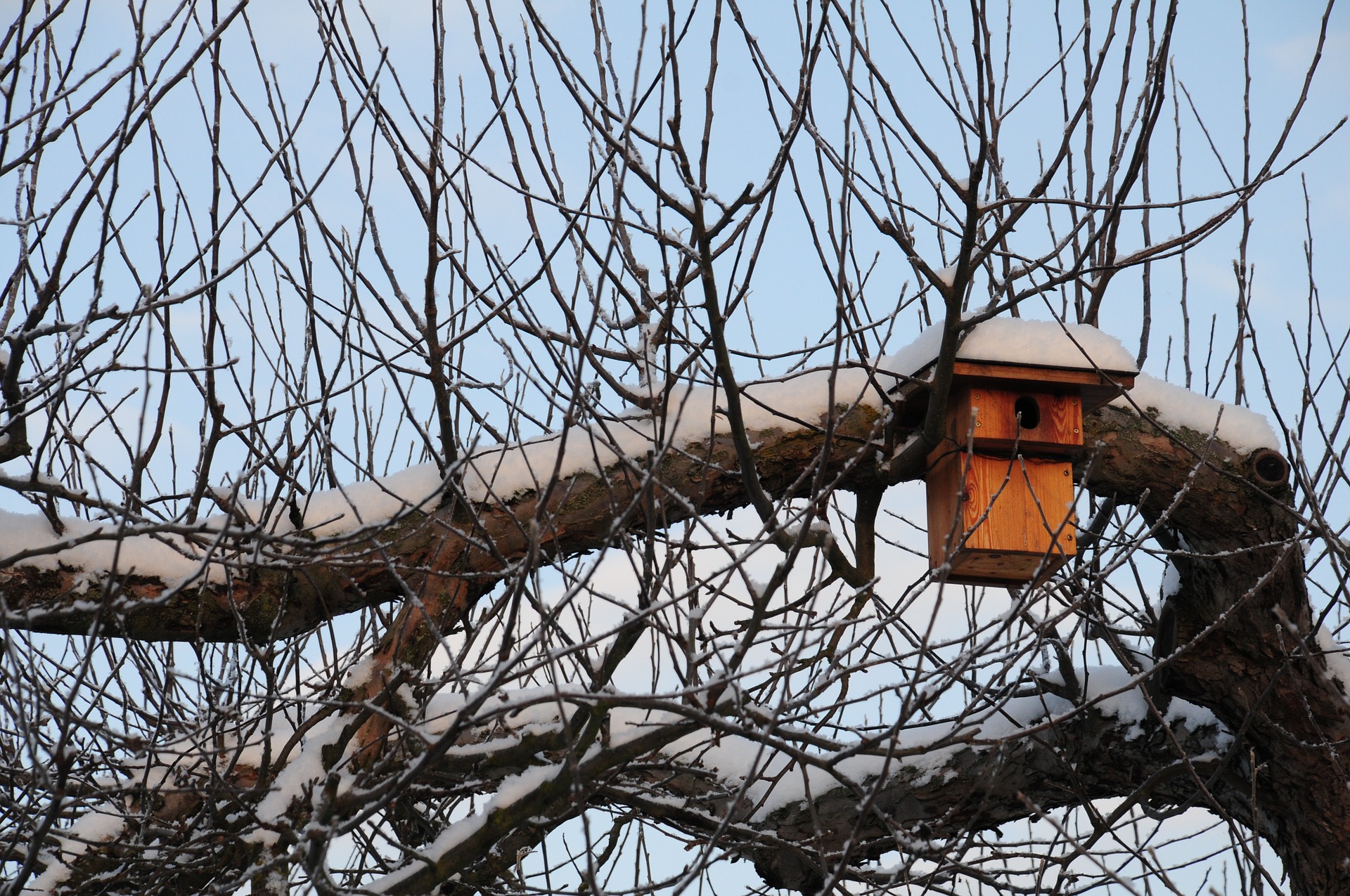
Make Active Forest Stewardship Part of the New Year!
These days, typical New Year resolutions include exercising more and making time to be outside with nature. It’s also common for forest owners to have a “been meaning to do” list for their land. Thus, forest owners are especially fortunate as they can accomplish three goals in one effort by getting out for a walk in their woods to spend time in nature and observe their forest. All the better that they can prioritize forest stewardship activities for the new year. Be it building critter piles, removing invasvies, planting trees, thinning dense young stands, trail building, or what have you – these stewardship activities are sure to count for several workouts!
As you make plans for the new year, consider some activities – resolutions if you will – for your forest.
Start by taking some time to review the stewardship plan for your forest. Take note of the recommended management activities in the plan for this year. Then take a walk in the woods to see if the plan and the forest are in sync. If the forest has changed (ice storm, wind event, drought) or your objectives have changed (managing for higher-value wood products) the plan may need an update. Be sure to add some notes to your management plan about any changes as well as your observations about the forest.
You can also use this guide of commonly-needed stewardship practices to prioritize your list of activities. It includes ways to enhance the health and beauty of your forest. Or, work backwards: create a vision for what you want your forest to look and feel like – or even produce – then determine what practices will best help you reach those goals.
For even more DIY stewardship resources, consult the handout: Do-It-Yourself Ways to Steward a Healthy, Beautiful Forest
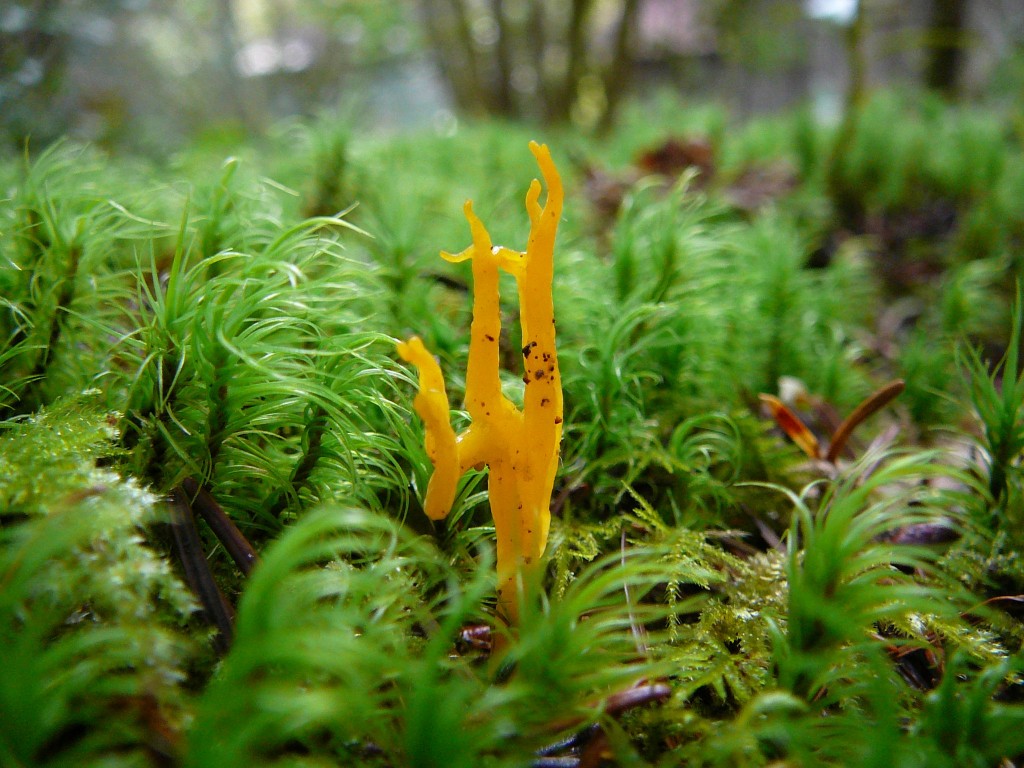
1. Know Your Forest
Being familiar with your forest and tracking changes over time can provide insights into the workings and needs of your land. Regular monitoring is a critical component of good forest stewardship and allows you to make more informed decisions. Be sure to update your records with your observations! They are a useful and fun journal across the years!
What to monitor in your forest
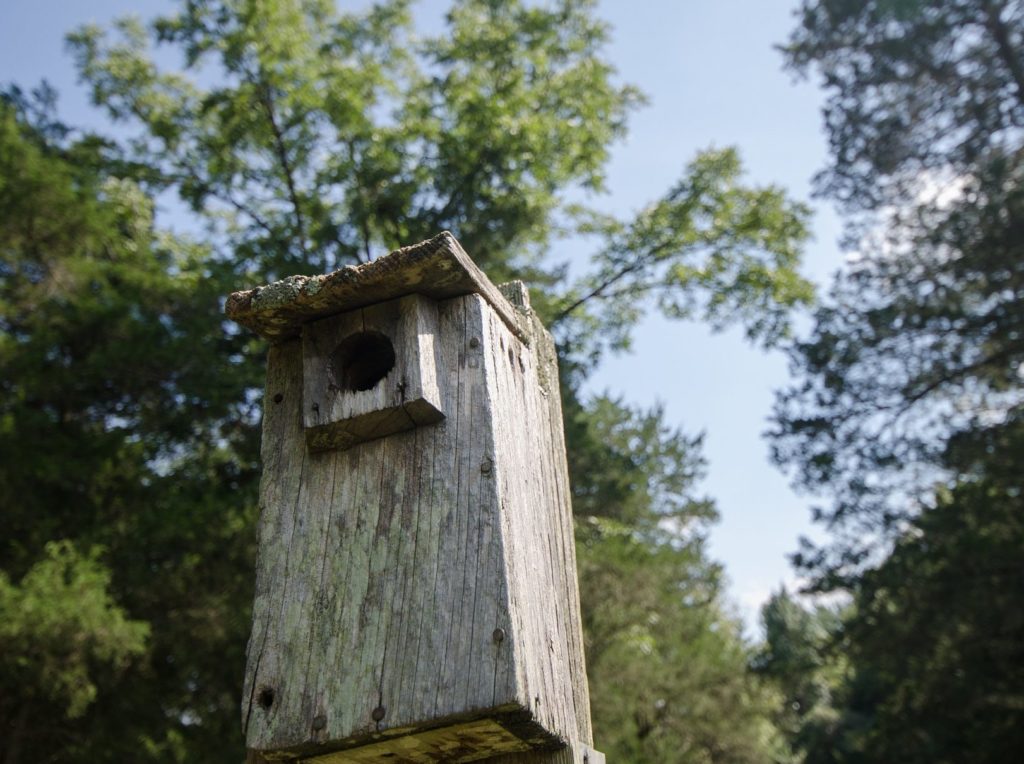
2. Enrich Wildlife Habitat
There are many ways you can make your forest a better home for native Northwest critters. Protecting snags and down logs, creating habitat piles, installing nest boxes and pollinator-supporting hedgerows and protecting water features ensure that the forest has the features to entice wildlife and help them thrive.
3. Control Invasives
Some invasive species can completely take over the forest understory and crowd out native plants. As daunting as the task may seem, there are many resources to help you identify forest invaders, learn more about their impact, and pinpoint the most efficient and effective ways to remove them.
Learn more about invasive species
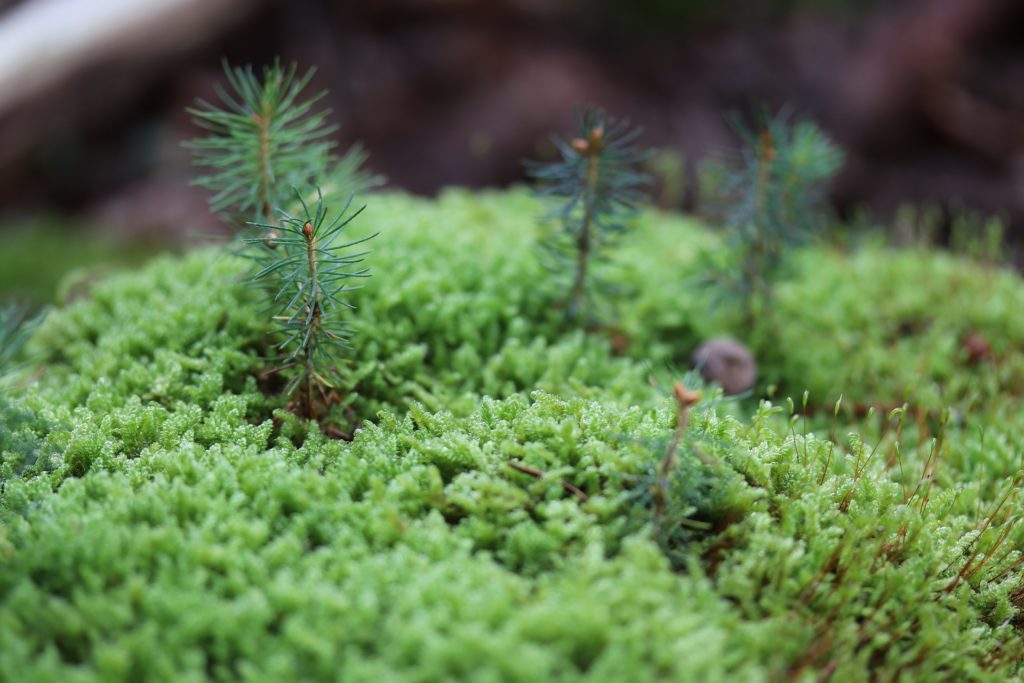
4. Protect Soils
Forests and soils are intrinsically linked. A healthy
forest is sustained by the productivity of its soil. The organisms that generate the rich biotic matter inherent of productive soils require dead wood, leaf litter from hardwoods and shrubs, and protection from erosion and soil compaction.
How to keep forest soils healthy
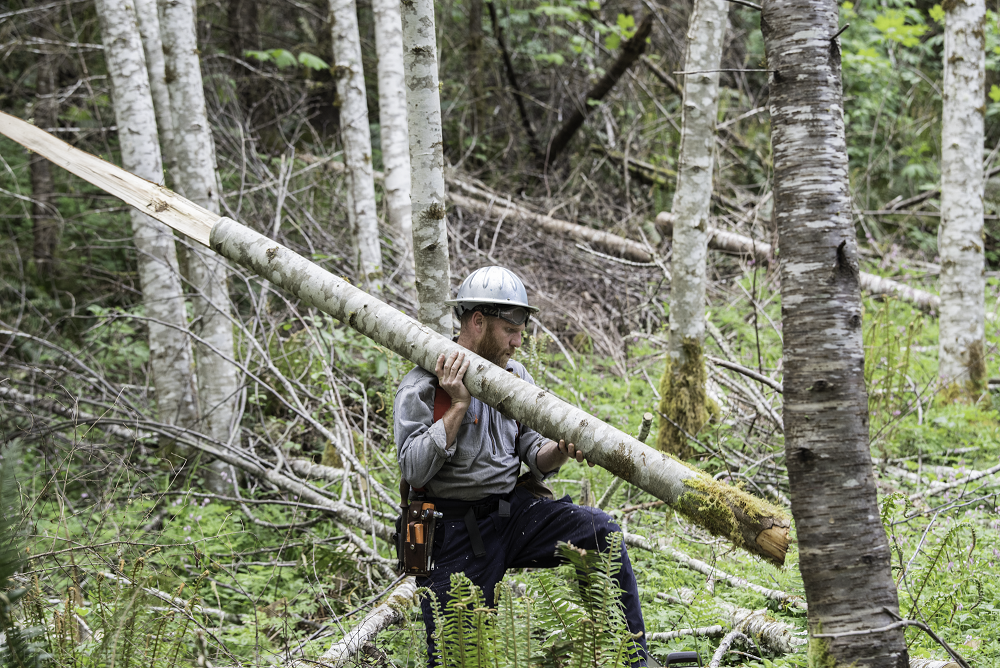
5. Treat Dense Stands
Overstocked stands often have diminished tree growth, poor wildlife habitat, low understory diversity, and increased wildfire risk. They can be enhanced by thinning out suppressed trees to give the remaining trees the light and space they need to thrive. This practice also tends to awaken understory biodiversity, enhance habitat potential, improve fire resilience, and is investment in future financial returns.
Information on thinning & best practices
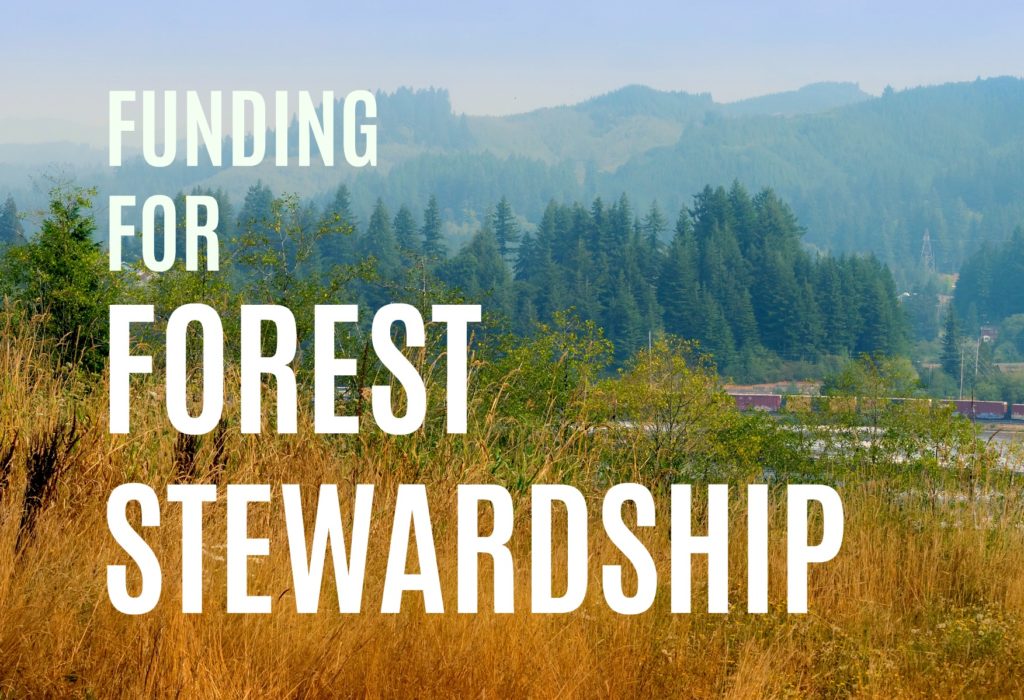
6. Find Resources
Now is a great time to check-in with local, state, and federal cost share programs to understand what’s available in your region this year for various stewardship objectives. A program that is helpful to many forest owners in OR & WA is the USDA’s Natural Resources Conservation Service’s Environmental Quality Incentives Program (EQIP). It can fund management plans and conservation practices that improve forest health.

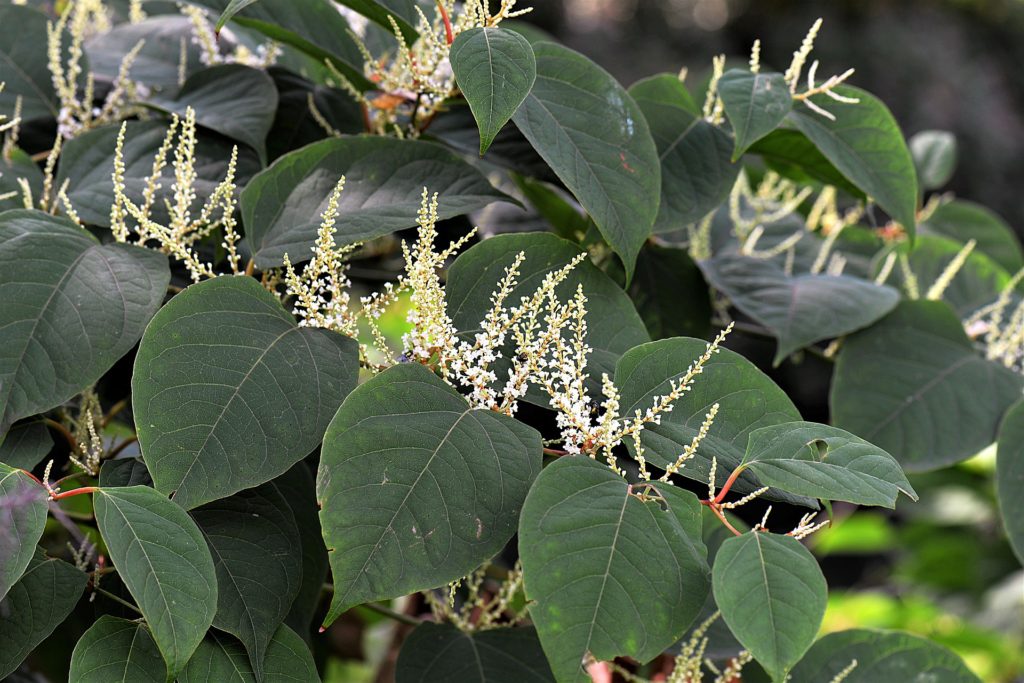
Leave a Reply